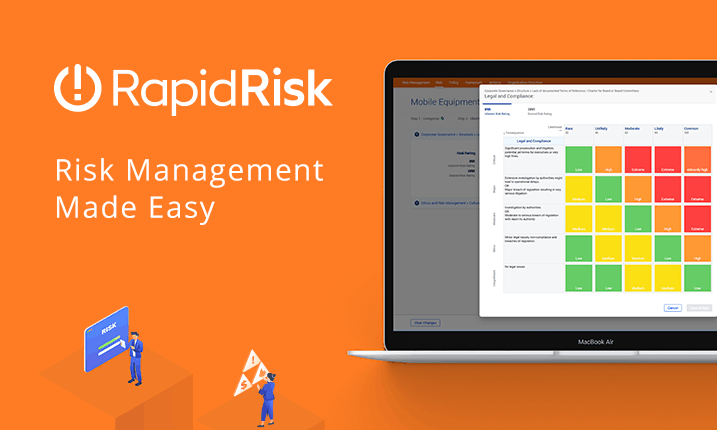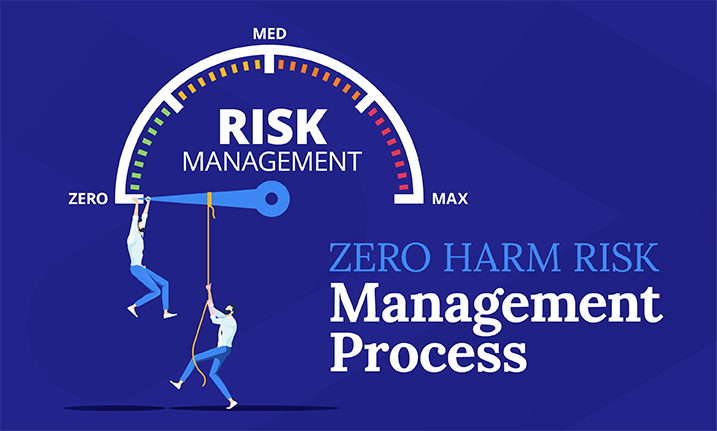

How many litigation & safety risks are hiding among your contractors?
Hiring a contractor workforce is almost unavoidable on many projects and in many industries, particularly if you are managing projects that require workers with a range of specialised skills. But do you know how many of those contractors are uninsured, unlicensed, or close to having their licences expire?
Accidents happen. No matter how carefully you plan and how competent a workforce you employ, there can be unexpected complications if you don’t take the right steps to prevent risks. If something does happen, your business may be liable for the damages.
One particular challenge is that it can be very hard for any businesses to keep track of the documentation for all their contractors (especially if they have multiple sites) – and that makes it hard for businesses to mitigate their litigation and safety risks.
While for your employees you’re required to provide workers compensation, independent contractors are responsible for obtaining their own insurance to protect themselves. Problems arise because they don’t always do it.
Ideally, they have two types of insurance: liability and workers compensation. These will protect your business in two ways. Liability protects damages incurred on your site or project. Workers compensation covers contractors in case they get injured while working for you.
Why uninsured or unlicensed contractors are a liability you can’t afford
The American investor Warren Buffett once said, “never risk what you have and need for what you don’t have and don’t need.” Hiring an unlicensed contractor is a risk not worth taking. It is a decision that can plague your business for many years. It also has the potential of breaking your business completely.
Having the correct licence and insurance implies a certain level of professionalism and suggests that a contractor is committed to their job. Most importantly though, having the proper licensing can protect your business from a number of problems:
- Unlicensed and uninsured usually go hand-in-hand – If you use a contractor who has no insurance they have no way to repay you for any property damage if there is an accident. You end up footing the bill.
- Poor work quality – Just because a contractor is unlicensed doesn’t mean they will do a bad job, but as a rule, they are more likely to do bad work than licensed contractors because they are not held to any standards of training, experience or specific qualifications.
- Con artists – Stories about scams by con artists posing as qualified contractors have become legendary. Often they target the elderly and promise unrealistically low pricing or use scare tactics to close bad deals, so this may be less of a risk for an established business.
- No protection for broken contracts – If you have a dispute with a licensed contractor, you can call their licensing agency for mediation services to ensure you recover your losses. Without a licensing agency there is no authority there is no added incentive for a contractor to play by the rules.
- Non-compliance with building codes – Unlicensed contractors are often unfamiliar with building codes and do not have the ability to obtain the necessary permits. Without them, a building inspector will force you to repair the job if it doesn’t comply with building and zoning codes.
How to identify your best and worst contractors
When evaluating potential contractors, you should rely on a very diligent screening process that will help you protect your business from the underqualified, the incompetent and the untrustworthy. While there are many great contractors to be found it is important to know how to spot a bad one from the beginning so you can avoid difficult situations that threaten your business.
A potentially unqualified contractor might engage in the following red flag practices
- Persistent safety breaches
- Failure to wear correct PPE and observe safety procedures
- Use of trainees and/or apprentices for skilled work beyond their capability and skillset
- Failure to produce evidence of a safety management plan
- Unwillingness to sign a written contract
- Possess insurance or licensing information you cannot verify
Before engaging any contractor, and especially before allowing them to undertake work on one of your sits, you should take them through a formal pre-qualifying process.
By pre-qualifying potential contractors before hiring or authorising them for site access your business can avoid the hidden costs and risks of contractors before engaging them for work.
When you are hiring contractors, ensure that both the license and insurance information you obtain is correct. Under Work Health and Safety Laws, all parties are responsible for the safety of the work environment, however, it is good practice if you are concerned about the legitimacy of insurance documents, to take initiative and call the insurance provider to verify that the policy is still in effect and that it covers the project you are hiring the contractor for. Also, be sure to call the licensing agency to find out if there have been any official complaints registered against that contractor.
If you use a sophisticated contractor management program, this process of verifying contractors’ documents will be automated, fast and incredibly reliable.
It is in the best interest of your business to take these necessary precautions so that you find the best contractors who play by the rules and don’t make themselves a liability which can put your business at risk.
Have you made the necessary arrangements for managing contractors? If not, we recommend getting started right away to avoid incurring unnecessary losses or repercussions down the line.
We invite you to request a demo today, so we can show you how Rapid’s workforce management software can help you streamline and easily manage your business today.







